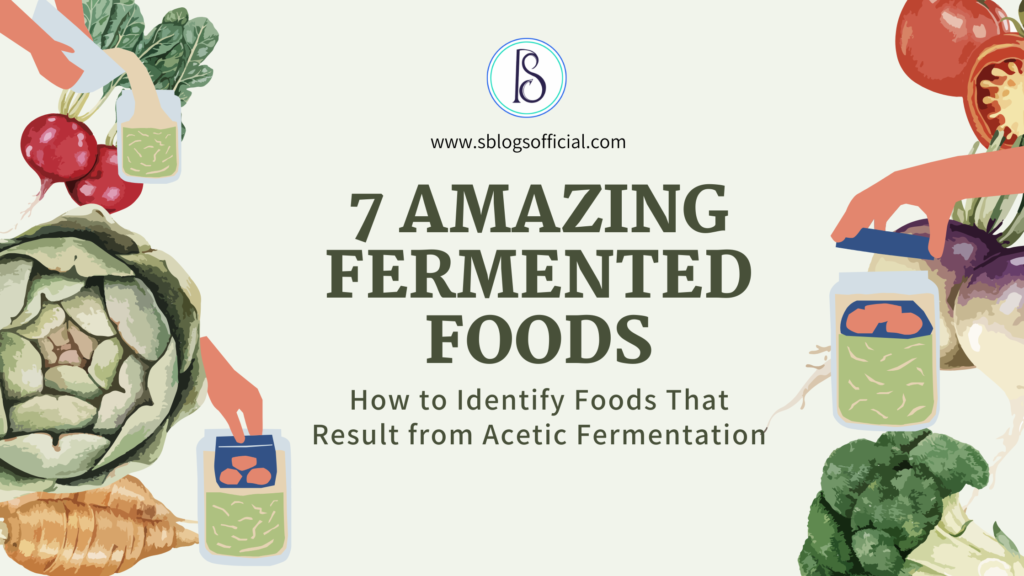
Ever wondered how to identify foods that result from acetic fermentation and why they pack such a tangy punch? Or why your grandmother’s homemade vinegar tastes so much better than shop-bought versions? The secret lies in acetic fermentation – a fascinating natural process that transforms ordinary ingredients into flavour-packed, health-boosting foods. This ancient preservation method has been quietly working its magic in kitchens worldwide for thousands of years, creating some of our most beloved condiments and dishes.
From the sharp bite of apple cider vinegar to the complex umami flavours of japanese fermented foods, acetic fermentation is responsible for an incredible variety of tastes and textures. But it’s not just about flavour – these fermented essentials are packed with probiotics, enzymes, and nutrients that can transform your gut health. Recent studies show that people who regularly consume fermented foods have 30% more diverse gut bacteria than those who don’t. Learning to identify foods that result from acetic fermentation becomes crucial when you’re looking to boost your health through diet. Whether you’re shopping for the best kimchi for gut health or seeking unpasteurized fermented foods for maximum probiotic benefits, this guide will walk you through seven incredible foods that showcase the power of this remarkable process. Get ready to discover why these tangy treasures deserve a permanent spot in your kitchen!
1. Traditional Kimchi: The Korean Fermentation Superstar – Why Jongga Kimchi Leads the Pack
- Jongga kimchi is widely recognised as the gold standard amongst commercial kimchi brands in UK supermarkets
- Jongga kimchi contains over 100 billion probiotics per serving when properly fermented
- Best stored in a dedicated kimchi jar to maintain optimal fermentation conditions
- Jongga kimchi takes 3-5 days at room temperature for initial fermentation, then continues slowly in the fridge
When you identify foods that result from acetic fermentation, kimchi stands as perhaps the most famous example of this process in action. Jongga kimchi represents the perfect case study of how acetic fermentation creates that distinctive sour-spicy flavour profile. This spicy Korean staple undergoes a complex fermentation process where naturally occurring bacteria convert sugars into lactic acid and acetic acid.
The process begins when salted cabbage and other vegetables are mixed with chilli flakes, garlic, and ginger, then left to ferment. Jongga kimchi maintains traditional fermentation methods whilst ensuring consistent quality and safety standards. During fermentation, beneficial bacteria like Lactobacillus multiply rapidly, producing not only the characteristic tang but also incredible health benefits. Studies from Seoul National University found that people who eat kimchi regularly have significantly lower rates of digestive issues. The best kimchi for gut health is always the unpasteurised variety like Jongga kimchi, as heat treatment kills the beneficial bacteria that make this food so nutritionally valuable.
Also Read- How to Take Lemon Balm for Weight Loss | Complete Guide

2. Apple Cider Vinegar: The Ancient Health Elixir
- Contains acetic acid concentrations of 4-6% in most commercial varieties
- Raw, unfiltered versions contain the “mother” – a colony of beneficial bacteria
- Global market for apple cider vinegar reached £800 million in 2023
- Can help reduce blood sugar spikes by up to 34% when consumed before meals
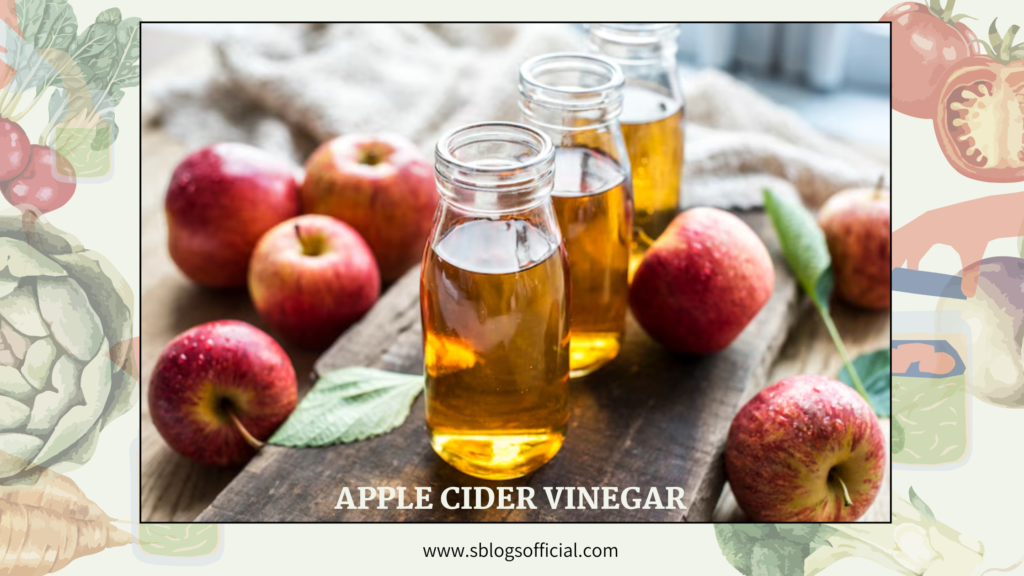
Apple cider vinegar represents one of the purest forms of acetic fermentation you can find. The process begins with fresh apple juice, which undergoes alcoholic fermentation first, converting sugars to alcohol. Then, acetic acid bacteria (primarily Acetobacter) take over, transforming the alcohol into acetic acid over several weeks or months. This two-stage process creates a complex flavour profile with numerous health compounds. The “mother” you see floating in raw apple cider vinegar is actually a living colony of these beneficial bacteria, which is why many health enthusiasts swear by unfiltered versions. Research published in the Journal of Functional Foods shows that regular consumption of apple cider vinegar can significantly improve insulin sensitivity and help with weight management.
Also Read- what herbs have the most health benefits | Potent Remedies
3. Pickled Vegetables: Preservation Perfection
- Traditional pickling increases vegetable shelf life by 6-12 months
- Cucumber pickles account for 67% of all pickled vegetable consumption in the UK
- Unpasteurised fermented foods retain up to 10 times more beneficial bacteria than pasteurised versions
- Fermented pickles contain significantly more vitamin K2 than fresh vegetables
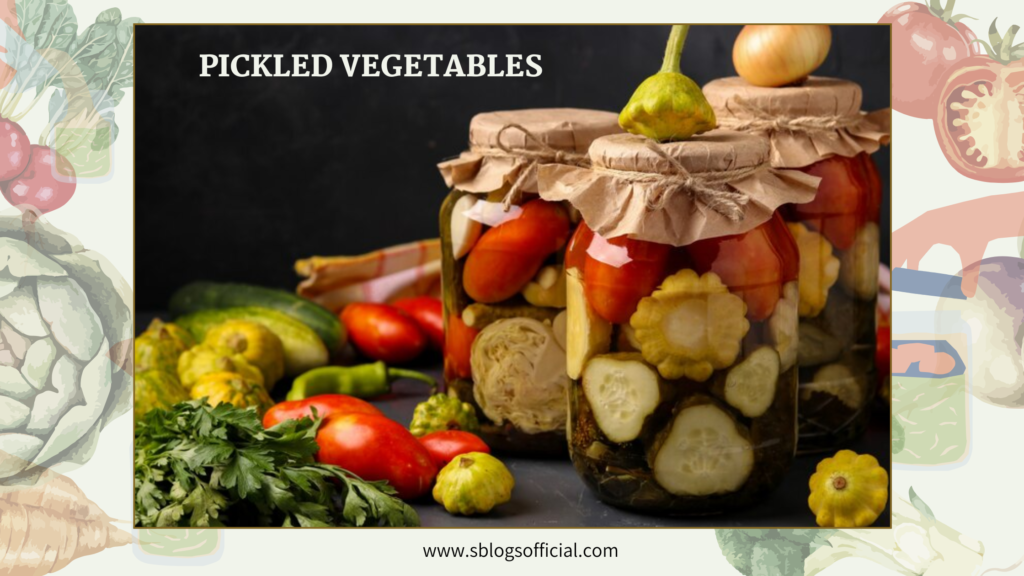
Pickled vegetables showcase acetic fermentation at its most practical. Whether it’s classic cucumber pickles, tangy sauerkraut, or spicy pickled onions, the process remains fundamentally similar. Vegetables are submerged in a salt brine, which creates an anaerobic environment perfect for beneficial bacteria to thrive. These microorganisms produce lactic acid and acetic acid, which not only preserve the vegetables but also create complex flavours and boost nutritional value. The key to successful pickle fermentation lies in maintaining the right salt concentration – typically 2-3% by weight. This level inhibits harmful bacteria whilst encouraging the growth of beneficial strains. Commercial picklers often pasteurise their products for longer shelf life, but this process destroys the living probiotics that make fermented pickles so beneficial for digestive health.
Also Read- Best strategy for avoiding chronic diseases | Avoid high-calorie diet
4. Kombucha: The Fizzy Fermentation Phenomenon
- UK kombucha market grew by 35% in 2023, reaching £45 million in sales
- Contains 2-3% acetic acid alongside beneficial yeasts and bacteria
- SCOBY (Symbiotic Culture of Bacteria and Yeast) can live for years with proper care
- Alcohol content typically remains below 0.5% in commercially produced versions
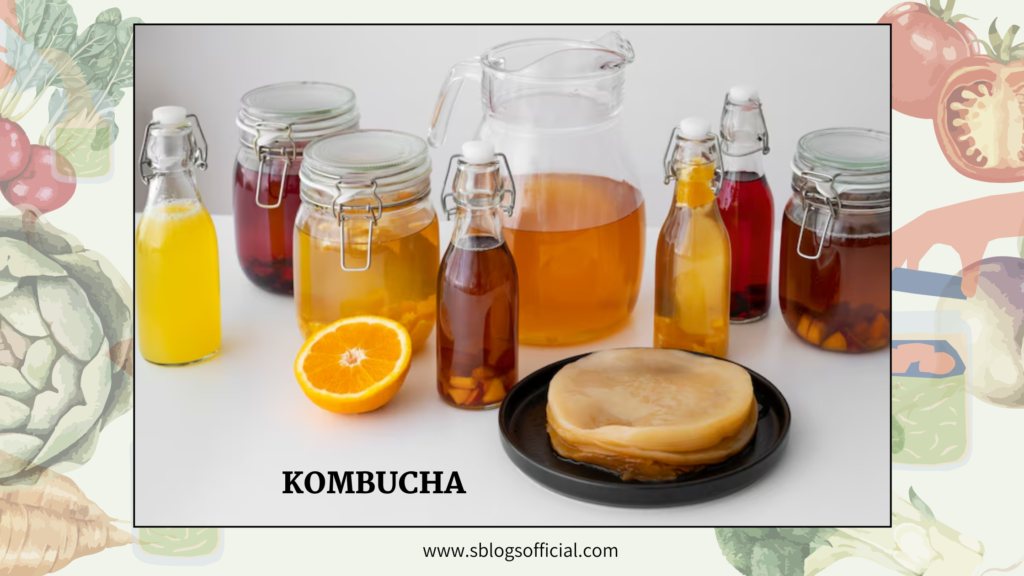
Kombucha represents a unique form of acetic fermentation that combines bacteria and yeast in perfect harmony. The process begins with sweetened tea, which feeds a SCOBY – a rubbery, pancake-like culture that contains various strains of bacteria and yeast. Over 7-14 days, the SCOBY consumes the sugar and caffeine, producing acetic acid, lactic acid, and small amounts of alcohol. This creates kombucha’s characteristic tart, slightly fizzy taste. The acetic acid in kombucha not only contributes to its flavour but also provides antimicrobial properties that can support immune system function. Recent research from the University of California found that people who drink kombucha regularly show improved markers of liver detoxification and reduced inflammation.
Also Read- Skipping Dinner and Weight Loss | Benefits, Risks & Alternatives
5. Fermented Soy Products: Umami-Rich Treasures
- Miso paste can contain over 160 different beneficial microorganisms
- Japanese fermented foods like natto contain vitamin K2 levels 100 times higher than cheese
- Tempeh provides all nine essential amino acids in a complete protein profile
- Traditional soy sauce fermentation takes 6-24 months to complete properly
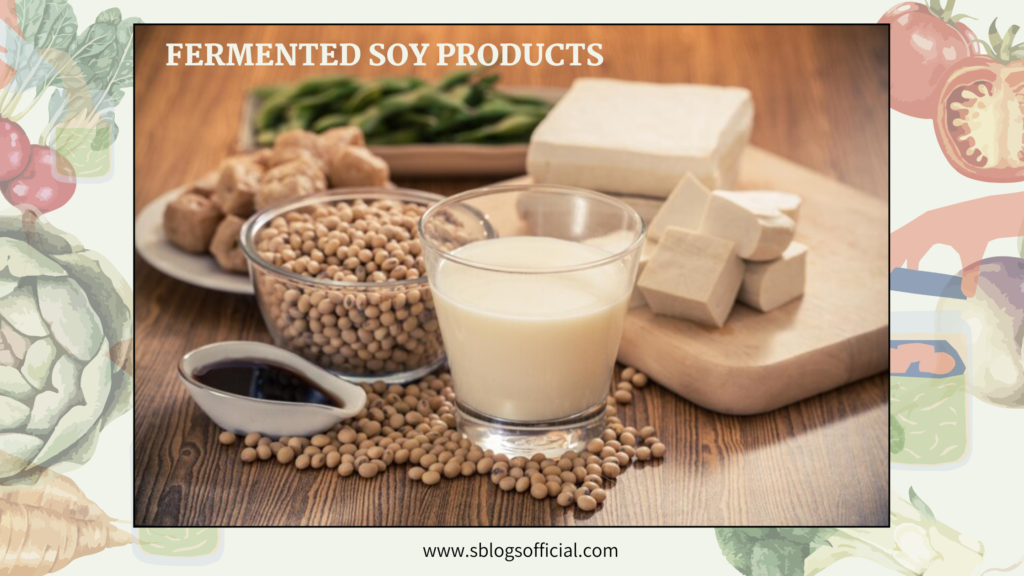
Learning to identify foods that result from acetic fermentation becomes particularly important when exploring japanese fermented foods, which represent some of the most sophisticated examples of this process. Miso, soy sauce, tempeh, and natto all undergo complex fermentation involving multiple types of beneficial microorganisms. The process typically begins with koji (Aspergillus oryzae), a beneficial mould that breaks down proteins and starches, followed by lactic acid and acetic acid bacteria that create the final flavour profile. These japanese fermented foods are particularly valuable because they combine the digestive benefits of fermentation with complete proteins and unique compounds like nattokinase (found in natto), which supports cardiovascular health. The long fermentation periods – sometimes lasting years – allow for the development of complex flavours and maximum nutritional benefit. When you identify foods that result from acetic fermentation in the Japanese tradition, you’re discovering foods that have been perfected over centuries.
Also read- Herbs for Hair Growth | Natural Solutions for Thicker, Healthier Hair
6. Sourdough Bread: The Fermented Foundation
- Authentic sourdough starter contains over 50 different types of beneficial bacteria
- Acetic acid production increases significantly when starter is kept at cooler temperatures
- Fermentation process breaks down gluten proteins, making bread more digestible
- Wild yeast fermentation can take 4-7 days to establish in a new starter

Sourdough bread offers a delicious example of how acetic fermentation can transform basic ingredients into something extraordinary. The sourdough starter – a living culture of wild yeast and bacteria – produces both lactic acid and acetic acid during fermentation. The balance between these acids determines the bread’s final flavour profile, with higher acetic acid concentrations creating a more pronounced sour taste. This fermentation process doesn’t just affect flavour; it also breaks down phytic acid and other compounds that can interfere with nutrient absorption. Additionally, the long fermentation time allows enzymes to pre-digest proteins and starches, making sourdough significantly easier to digest than commercial bread. Many people who struggle with gluten sensitivity find they can tolerate properly fermented sourdough without issues.
Also Read- Gluten Intolerance vs Lactose Intolerance | A Complete Guide
7. Water Kefir: The Probiotic Powerhouse
- Contains 15-20 different strains of beneficial bacteria and yeast
- Produces acetic acid concentrations of 0.5-1.5% during fermentation
- Water kefir grains can multiply by 25% with each fermentation cycle
- Provides probiotics without dairy, making it suitable for vegans and lactose-intolerant individuals
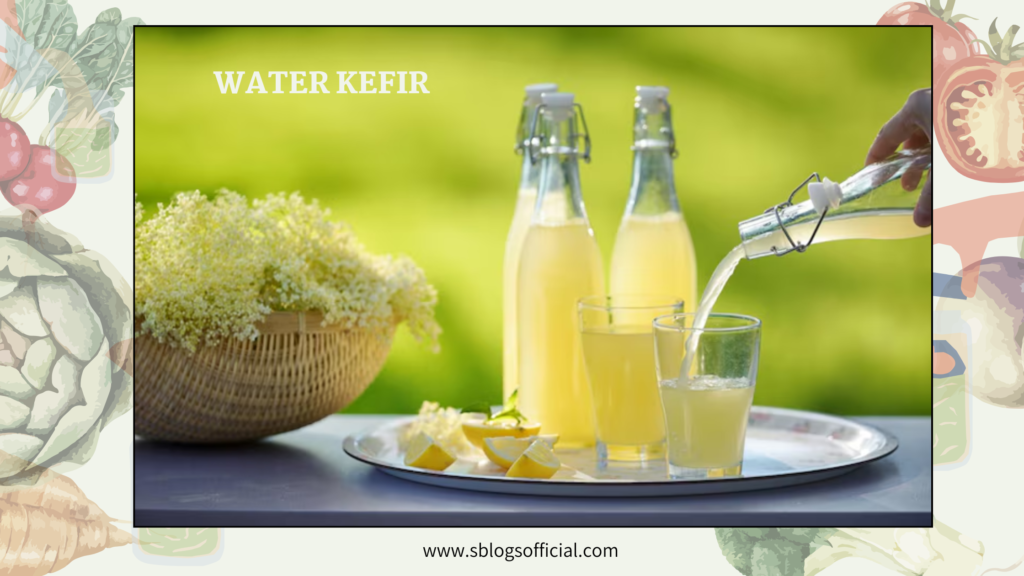
Water kefir represents an excellent dairy-free option for those looking to add fermented essentials to their diet. The fermentation process uses water kefir grains – translucent, crystal-like cultures that contain a symbiotic colony of bacteria and yeast. When placed in sugar water with minerals, these grains begin producing acetic acid and lactic acid whilst consuming the sugar. The result is a lightly fizzy, mildly tart beverage that’s packed with probiotics and low in sugar. Unlike many fermented foods, water kefir ferments quickly – typically 24-48 hours – making it an accessible option for beginners. The acetic acid produced during fermentation not only contributes to the flavour but also helps preserve the beverage and provides antimicrobial benefits.
Also Read- Healing power of herbs | Powerful Health Benefits
Getting Started: How to Identify Foods That Result from Acetic Fermentation
When you’re ready to identify foods that result from acetic fermentation and incorporate them into your daily routine, start by understanding the key characteristics. These foods typically have a tangy, sour taste due to acetic acid production, and the best kimchi for gut health like Jongga kimchi will have a complex, layered flavour profile. Look for unpasteurised fermented foods whenever possible, as these retain the living beneficial bacteria that provide maximum health benefits. Store your fermented essentials properly – most benefit from cool, stable temperatures and should be kept in appropriate containers like a dedicated kimchi jar for Korean fermented vegetables.
Remember, learning to identify foods that result from acetic fermentation is as much about flavour as it is about health. These seven categories represent just the beginning of what’s possible when you harness the power of acetic fermentation in your kitchen.
